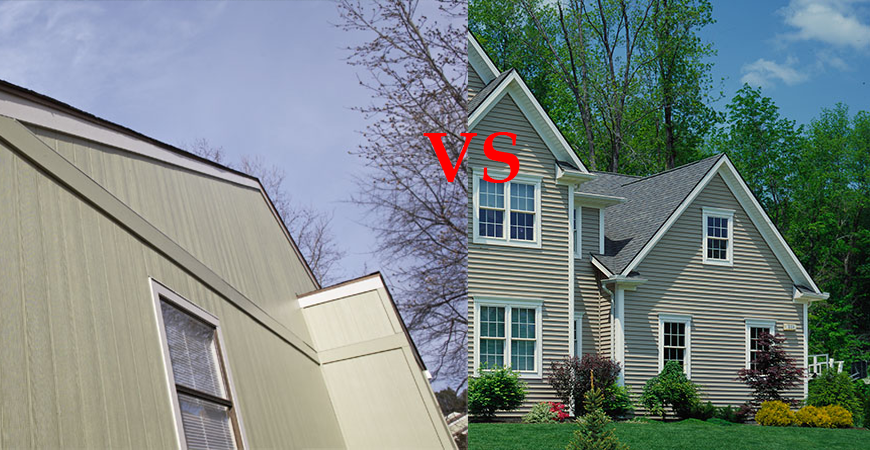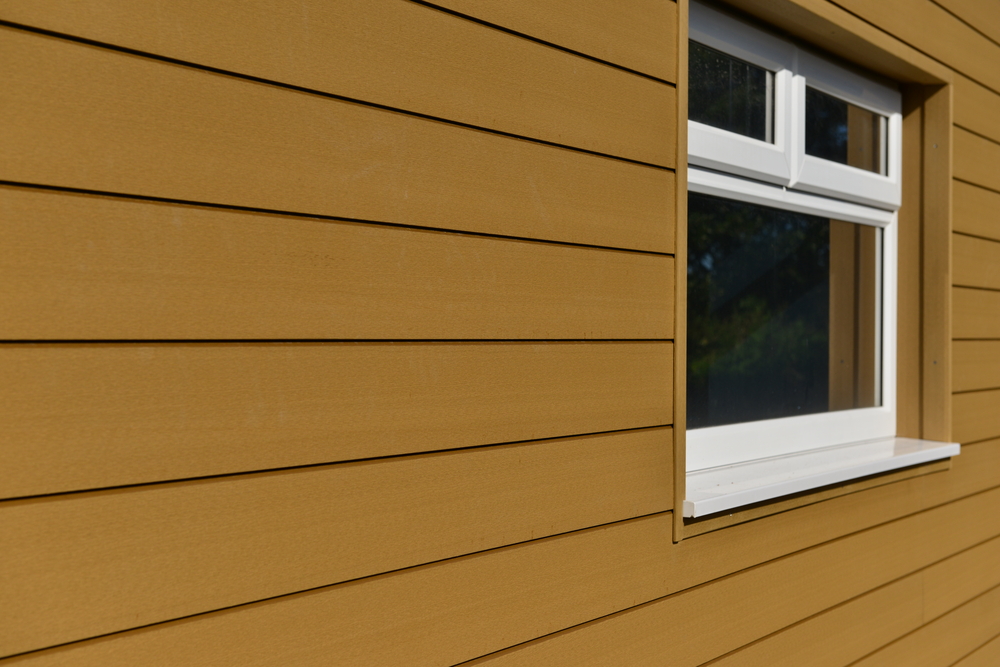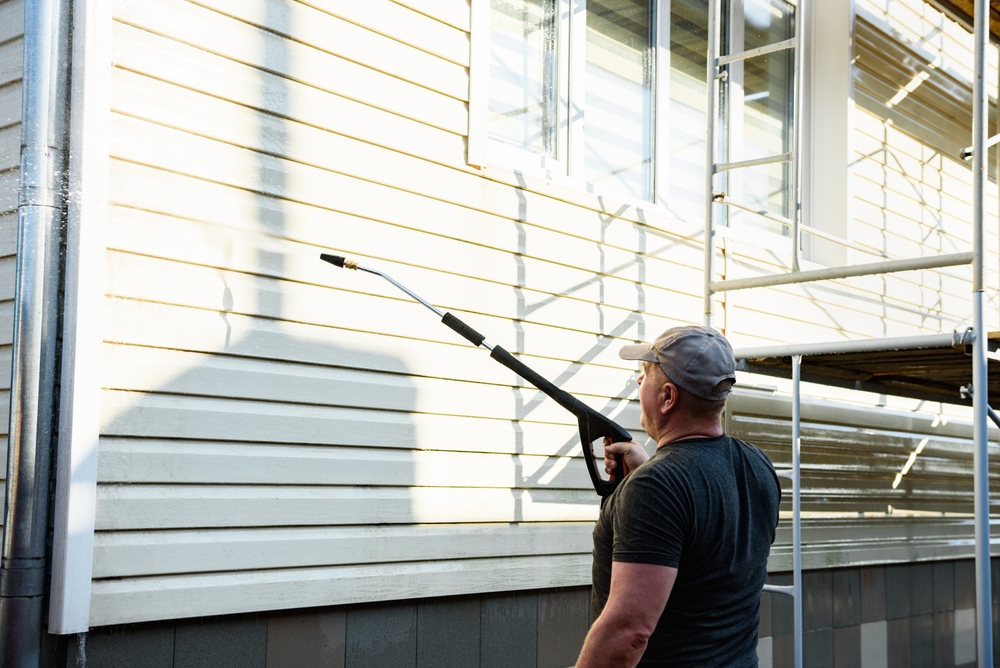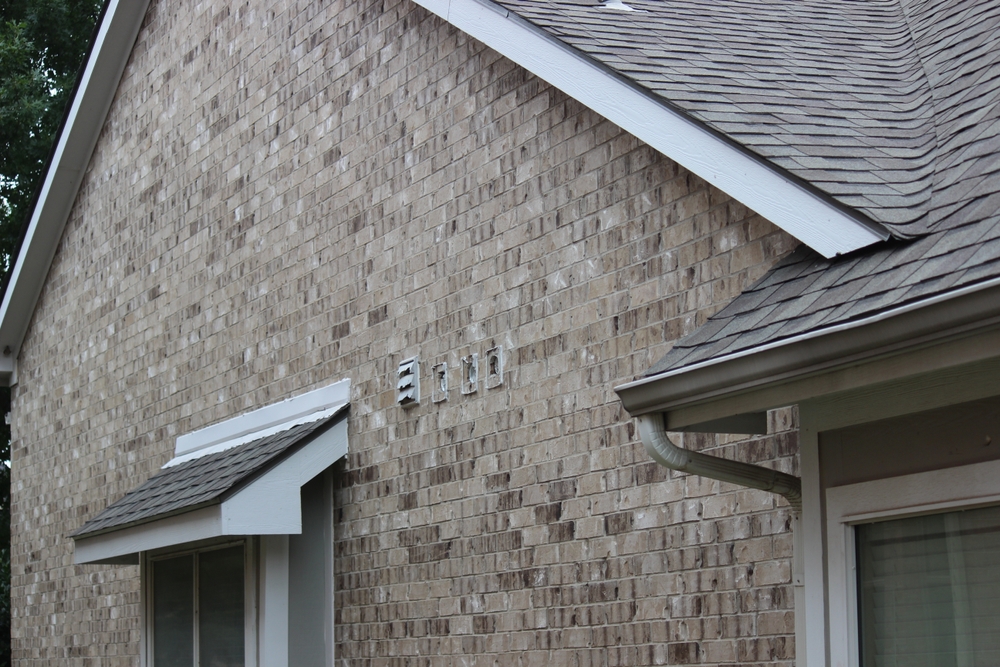Introduction
Choosing the right siding for your home is an essential decision to make as it affects the look and feel of your home’s exterior. Two popular options are vertical and horizontal siding installation. Vertical siding runs perpendicular to the ground, while horizontal siding runs parallel to the ground. This article will discuss the pros and cons of both siding options, the types of siding available, and installation and maintenance tips to help you make the best decision for your home.
What is Siding?
Siding is a building material that covers the exterior walls of a home. It protects the structure from weather damage, insects, and other external factors, enhancing its appearance and energy efficiency.
Benefits of Siding
Siding has several benefits that make it a popular choice for homeowners. These benefits include:
- Protection: Siding protects your home from harsh weather conditions, moisture, insects, and other external elements that may cause damage to your home.
- Aesthetics: Siding improves your home’s appearance, adding curb appeal and increasing its resale value.
- Energy efficiency: Siding helps to insulate your home, reducing energy bills and providing better temperature control.
- Low maintenance: Siding is easy to maintain, requiring minimal upkeep and occasional cleaning.
Choosing Between Vertical and Horizontal Siding
When it comes to choosing siding for your home, you must consider both horizontal and vertical siding options to make an informed decision.
Factors to Consider When Choosing Siding
There are several factors to consider when choosing between vertical and horizontal siding, including:
- Climate: Your home’s location and climate will affect the siding material and installation method. For instance, if you live in an area prone to high winds, vertical siding may be more appropriate.
- Style: The architectural design of your home is an important consideration when choosing the siding style. Some homes may look better with vertical siding, while others may look better with horizontal siding.
- Maintenance: Consider the amount of maintenance required for each type of siding. Horizontal siding may be more challenging to maintain because it collects debris and water.
Vertical Siding
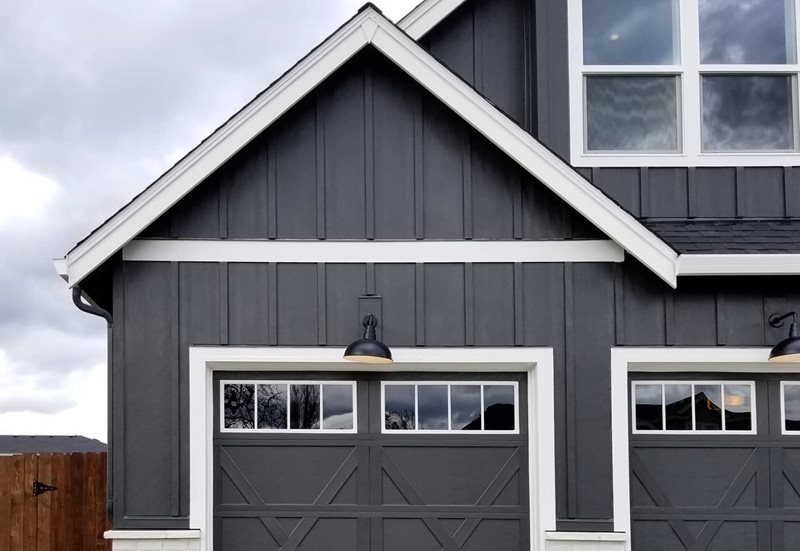
Vertical siding is a popular option for modern homes as it offers a unique and contemporary look. It is also suitable for homes with high ceilings or an elongated structure.
Types of Vertical Siding
There are several types of vertical siding, including:
- Board and Batten: This type of siding features wide boards with narrower strips running vertically. It creates a rustic and traditional look, suitable for farmhouse-style homes.
- Tongue and Groove: This type of siding features interlocking panels with a groove on one side and a tongue on the other. It creates a seamless look and is popular for contemporary homes.
- Panel Siding: This type of siding features large panels that are vertically installed, creating a clean and modern look.
Pros and Cons of Vertical Siding
Pros:
- Unique and modern look.
- Suitable for homes with high ceilings.
- Resistant to wind damage.
- Creates an illusion of height, making a small house look more prominent.
Cons:
- May be challenging to install.
- May collect debris and water, leading to damage if not adequately maintained.
Horizontal Siding

Horizontal siding is a traditional option for homes and has been popular for many years. It is suitable for homes with a classic and timeless architectural style.
Types of Horizontal Siding
There are several types of horizontal siding, including:
- Clapboard: This type of siding features long, thin boards that overlap, creating a textured look. It is suitable for traditional homes.
- Dutch Lap: This type of siding features a beveled edge that creates a curved shadow line. It is suitable for colonial-style homes.
- Shingle: This type of siding features individual pieces that overlap, creating a unique texture. It is suitable for coastal homes.
Pros and Cons of Horizontal Siding
Pros:
- A traditional and timeless look.
- Easy to install.
- Easy to clean and maintain.
- Can add warmth to the home’s exterior.
Cons:
- May not be suitable for modern homes.
- Can be prone to moisture damage.
Installation
Proper installation is critical for the longevity and durability of your home’s siding. The installation process for vertical and horizontal siding differs.
Installing siding should be done exclusively by proffesionals to ensure longevity of the siding
Contact Us for a quote
Vertical Siding Installation
Vertical siding installation requires more precision and planning than horizontal siding installation. The panels should be installed in a way that ensures water can drain away from the wall’s surface. The bottom panel must be installed first, and the remaining panels should overlap the previous panel to ensure that water flows downward and away from the house.
Horizontal Siding Installation
Horizontal siding installation is relatively simple compared to vertical siding installation. It requires installing the panels from the bottom up, ensuring that each panel overlaps the previous one. Proper nailing and sealing are essential to prevent water from seeping behind the siding.
Choosing the Right Material for Your Siding
Choosing the right siding material is crucial in determining the durability and lifespan of your siding. The material you choose should be able to withstand the climate in your area and complement the architectural style of your home. Here are some of the most popular siding materials:
Vinyl Siding

Vinyl siding is one of the most popular siding materials due to its affordability and low maintenance requirements. It is available in a wide range of colors and styles, and it can mimic the appearance of wood siding.
Pros:
- Affordable
- Low maintenance
- Resistant to rot, moisture, and pests
Cons:
- Not as durable as other siding materials
- Can crack or fade over time
Wood Siding

Wood siding is a classic and timeless option that can add warmth and character to your home’s exterior. It is available in several styles, including clapboard, shingles, and board and batten.
Pros:
- Natural and beautiful appearance
- Durable
- Can be painted or stained to match your desired color
Cons:
- Expensive compared to other siding materials
- High maintenance requirements
- Prone to rot, moisture damage, and pests
Fiber Cement Siding

Fiber cement siding is a durable and low-maintenance siding material made of cement, sand, and cellulose fibers. It can mimic the appearance of wood or stucco siding and is available in a range of colors and styles.
Pros:
- Durable and long-lasting
- Low maintenance
- Resistant to rot, moisture, and pests
Cons:
- Expensive compared to other siding materials
- Requires professional installation
- Heavy and difficult to install
Metal Siding

Metal siding is a modern and sleek option that can add a contemporary touch to your home’s exterior. It is available in several materials, including aluminum, steel, and copper.
Pros:
- Durable and long-lasting
- Low maintenance
- Resistant to rot, moisture, and pests
- Can reflect sunlight, reducing energy costs
Cons:
- Expensive compared to other siding materials
- Can dent or scratch easily
- May not be suitable for traditional homes
Conclusion
Choosing between vertical and horizontal siding installation depends on various factors, including climate, style, and maintenance requirements. Both siding options have their advantages and disadvantages, and it’s up to you to choose the one that best suits your needs. Proper installation, maintenance, and repairs are critical to ensure your siding lasts as long as possible.
FAQs
- What is the difference between vertical and horizontal siding? Vertical siding runs perpendicular to the ground, while horizontal siding runs parallel to the ground.
- Is vertical or horizontal siding better for windy areas? Vertical siding is better for windy areas as it is more resistant to wind damage.
- How often should I clean my siding? You should clean your siding at least once a year, or more frequently if it becomes dirty.
- Can I install siding myself? While it’s possible to install siding yourself, it’s recommended that you hire a professional to ensure proper installation.
- How long does siding last? The lifespan of siding depends on various factors, including the material, climate, and maintenance. However, most siding options last between 20 to 40 years.

